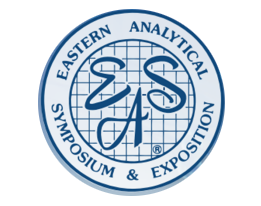Viral testing has been in the spotlight since the very beginning of the Covid-19 epidemic. I cannot remember any other time in the past when so much attention has been given to analytical sciences, not just in general science journals but in the local, national and international press and media. As the pandemic progressed, we read about the different types of tests: direct viral RNA test, anti-Covid19 antibody test and potential fast antigen tests; and the techniques, (PCR vs. ELISA) but also about assay performance. As they cover the topic, journalists have been learning some very important lessons about developing and running an analytical test.
Learning #1: Tests require reagents; reagents (kits) need to be manufactured, packaged etc., in laboratories or factories; without the reagents, a test becomes useless; a shortage of the solvents used to extract the RNA was reported at the beginning of the epidemic, brought by increased demand and production shutdowns.
Learning #2: Sample turnaround is not always fast: the turnaround time for Covid-19 PCR tests varies from a few days to a few min; to make a test faster generally entails some trade-off, often in terms of sensitivity or accuracy.
Learning #3: Tests must be validated to be approved by regulatory authorities and tests must be revalidated locally at each site; validations can fail (I understand that this was the reason all samples in the US had to be shipped back to the CDC in Georgia at the beginning of the epidemic); this topic was back in the news recently when the FDA had to withdraw authorization of several serology tests.
Learning #4: With any test, there is a risk of false negative and false positive results; this fact is causing great consternation among journalists as they discover that even a small rate of false negative results may result in a large number of patients being misdiagnosed; false negative results may be due to inherent limitations of the test itself (e.g., limit of detection) or errors in running the test.
Learning #5: Reporting timely and accurate results is challenging – some sample or data unavoidably get lost and these instances tend to make interesting stories in local news.
Learning #6: Sampling is incredibly important, the localization of the sampling, the timing of the sampling and the amount of fluid being collected can all impact the test results; sampling of the nose cavity for the Covid 19 test seems fairly difficult to accomplish (as well as uncomfortable for the subject) and is thought to be a factor in the relatively high rate of false negative results.
The reports I have seen were generally well written and scientifically correct, as far as I could tell. The links I provided are just a sampling of the hundreds of articles on Covid testing available online. I am certain that after the crisis has passed, analytical sciences will return to the relative obscurity of specialized journals – this may be happening already, as I finish writing this blog in July 2020. In the meantime analytical chemists had a unique opportunity to read on the topics that they think about everyday on their favorite newscast or online news as we were all locked down in our homes.
Anne-Françoise Aubry
Views, thoughts, and opinions expressed in this text belong solely to the author, and not necessarily to EAS Inc.
